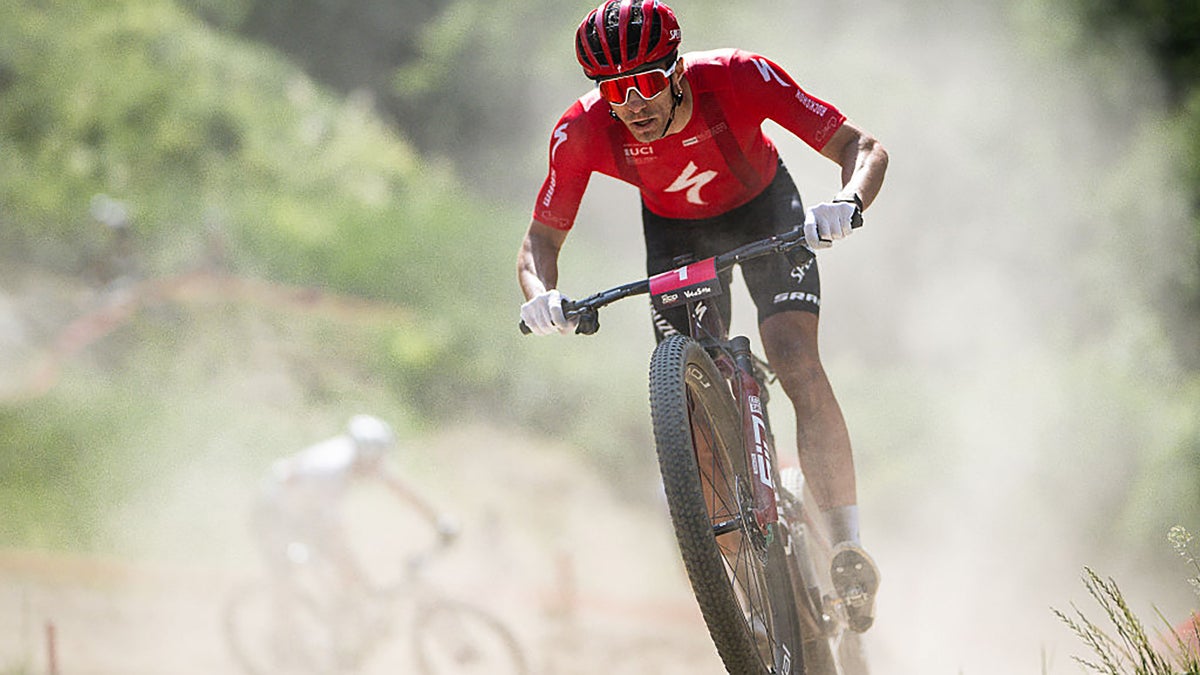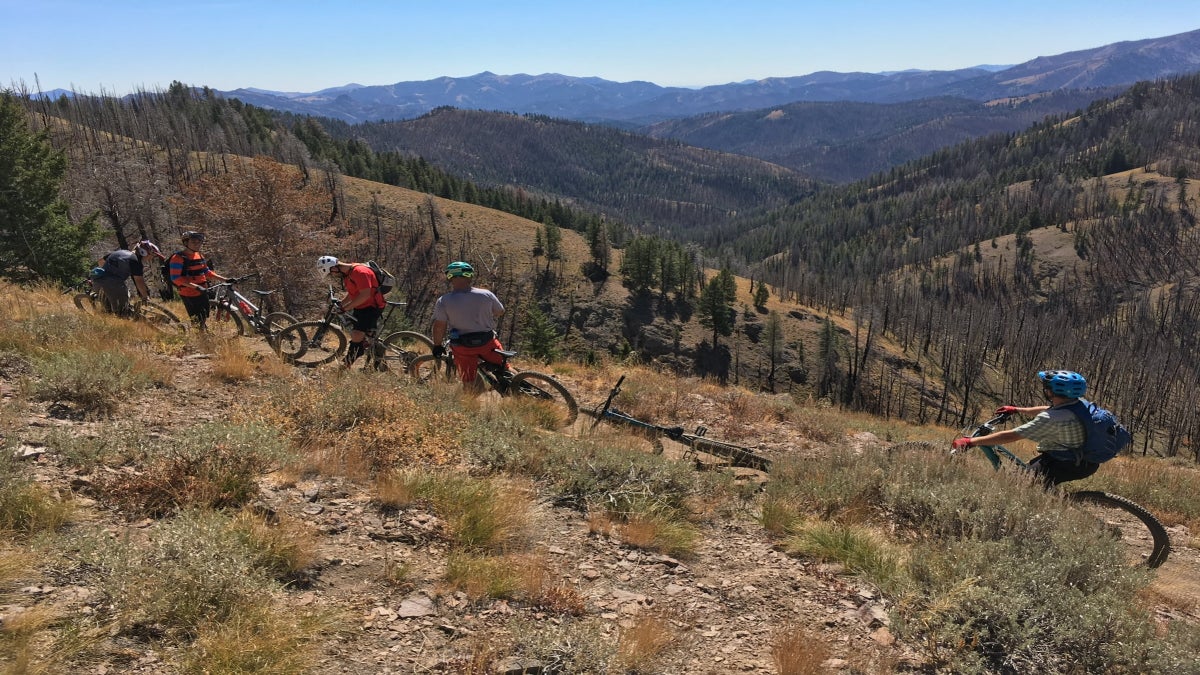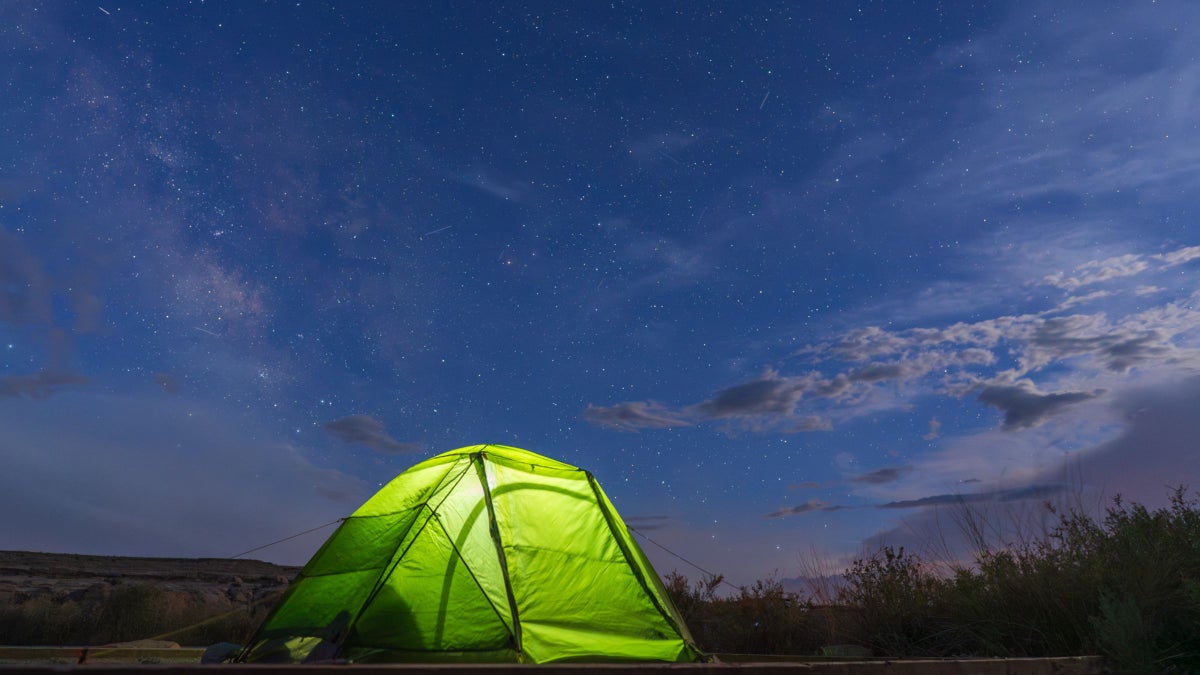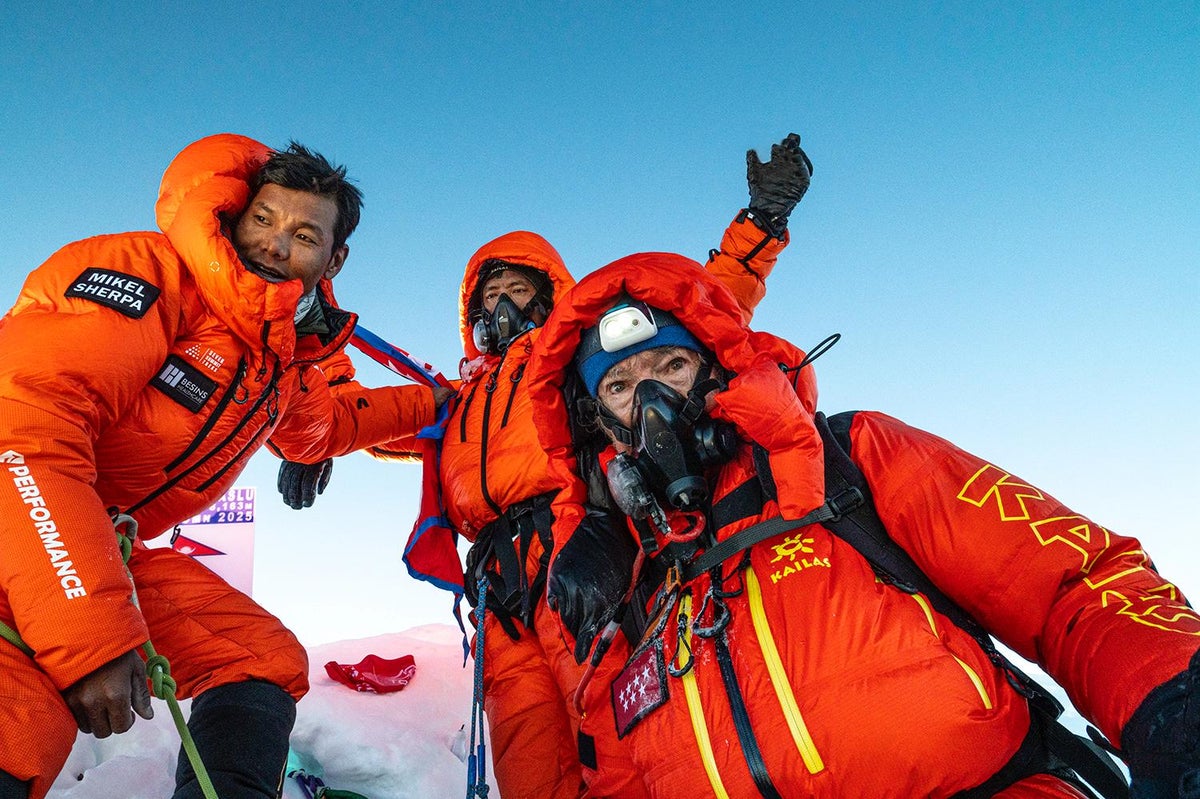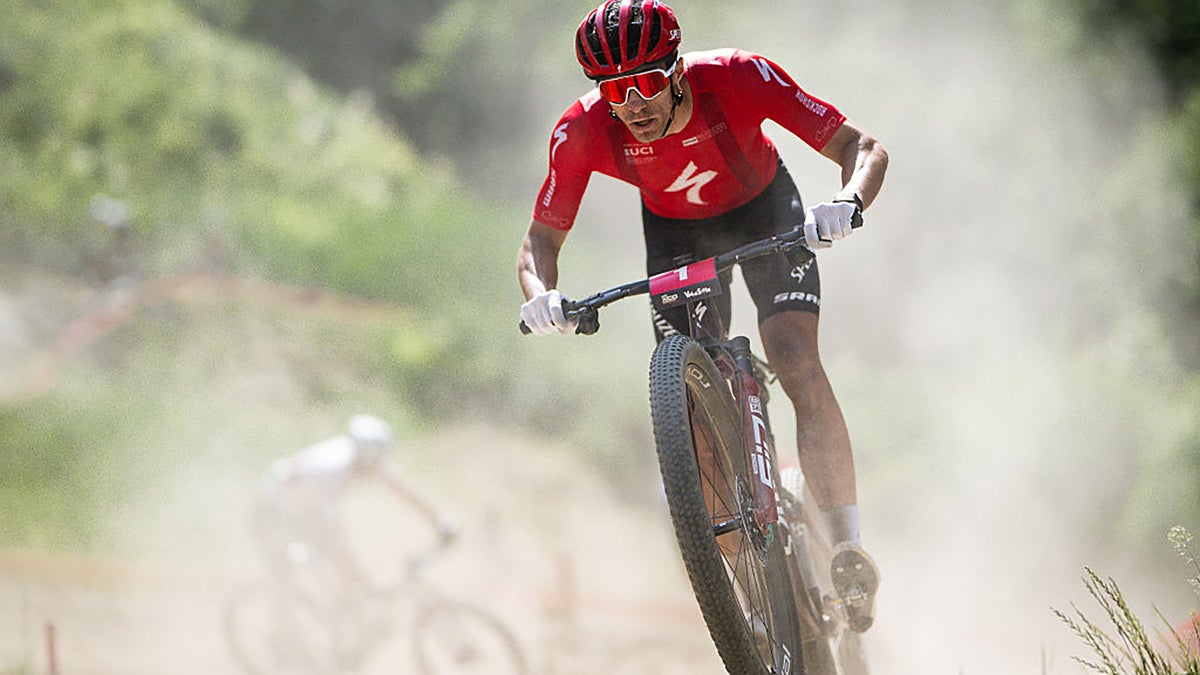
You’ve seen them in thrift stores and at garage sales. Heck, maybe you have one in the far recesses of your basement, a thick layer of dust building up on its rim brakes, grip shifters, and threadbare 26-inch tires.
I’m talking about early-nineties mountain bikes. Perhaps you’ve stared at one of these relics of cycling history and wondered: Did anyone really race this thing up and down a mountain?
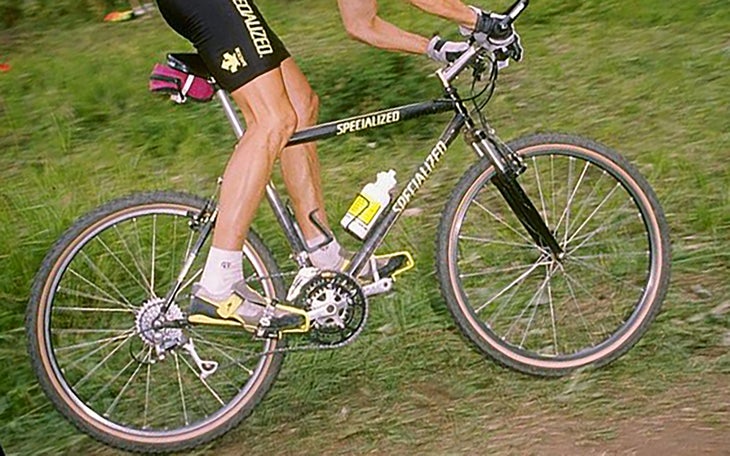
The answer, of course, is yes. In the early nineties, the halcyon days of mountain biking, a cadre of American cyclists competed all over the world on these glorious if archaic machines. Ned Overend, John Tomac, Juli Furtado, Sara Ballantyne, and others dominated the World Cup and world championships of cross-country mountain biking back then, their neon spandex and ping pong ball-like helmets blurring across singletrack from Vail to Val d’Isere.
Americans invented the mountain bike, so it made sense that our athletes were the fastest.
Alas, this era of American dominance was short-lived. Within a few years of the Mountain Bike World Cup’s creation in 1990, European racers pushed the Americans to the back of the pack. With the new European era came new names to cheer for, a doping suspension or two, and yes, glorious new bike tech.
Years, then decades, flew by. The old bikes and old American heroes faded away.
In the aughts and teens, American women scored decent results, but the U.S. men lagged. I covered mountain biking for the cycling magazine VeloNews from 2004 until 2009, and I wrote about the U.S. men as they tried to break their losing streak. I became an immediate fan of the sport, and I often wondered if I would live long enough to see an American man win—let alone dominate—the World Cup.
Times change and losing streaks end. On October 5, Christopher Blevins of Durango, Colorado, won the World Cup race in Lake Placid, New York. By winning, Blevins, 27, earned enough points to claim the entire World Cup title for cross-country mountain biking—a prize for season-long performance. The last guy from the USA to win the series was John Tomac back in 1991, the second year of the series.
Yep—that was 34 years ago, back in the era of heavy bike frames, rim brakes, and 26-inch wheels.
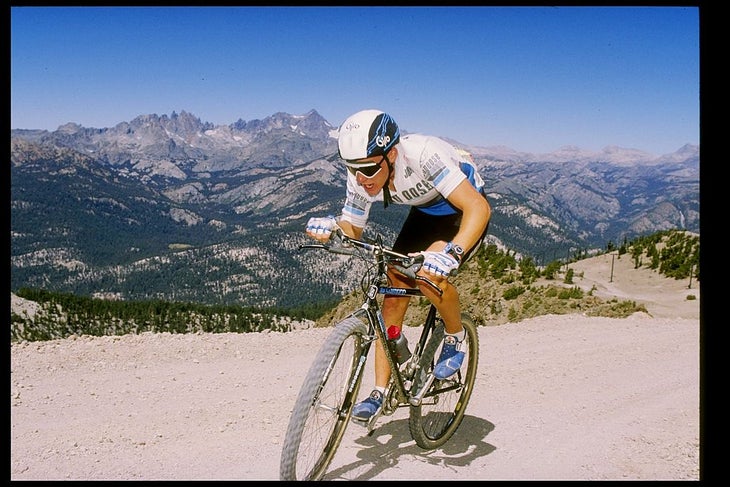
“The World Cup overall was one of the biggest goals of my career,” Blevins said in an Instagram interview after the race.”To prove to myself that I can have consistency throughout the year was a big achievement.”
Adding to his title, Blevins also won the short-track cross-country race and the World Cup title in that discipline, which was added to the series in 2022. In short, Blevins was the most successful racer of 2025 from the start of the season to the finish.
If anyone were to break the European stalemate, it was Blevins. He grew up in Durango, the same town where Overend, Tomac, Furtado, and other American racers lived and trained during the gilded age of American off-road racing. Durango also hosted the inaugural mountain biking world championships way back in 1990. The world championships will return to Durango in 2030 for the 40th anniversary.
The town’s network of singletrack trails—some of which were used during the 1990 worlds—start in town and climb into the mountainsides above the city. The kids who grow up in Durango have access to Durango DEVO, a youth cycling program, which is perhaps the country’s best at getting kids to love bike racing.
I interviewed Blevins back in 2019, when he was a budding star on the U.S. circuit. He told me that he grew up idolizing Durango’s famed mountain bikers like Tomac and Overend. He even loved the guys from later generations who were routinely spanked by the Europeans.
At the time, I became convinced that Blevins’ connection to mountain biking’s past would help him end the U.S. drought. You see, Blevins is a true cycling wunderkind, and since childhood, he has been on the trajectory to cycling greatness. He could climb with the best, zip down rocky and technical trails better than almost anyone else, and also sprint, corner, and chase. He was a Swiss army knife of cycling talent.
But Blevins also kicked butt at road cycling, which forced him to make a crucial decision early in his career. Would he chase the Tour de France or the mountain biking World Cup?
In previous generations, during the so-called “Lance Era,” many of America’s best up-and-coming cyclists chose the Tour over mountain bikes. The paycheck was bigger, the glory more substantial. This talent drain also contributed to the U.S. drought.
But Blevins stayed committed to Durango, to Tomac and Overend, and to mountain biking. He quit road cycling in his early twenties to focus on the World Cup. And now, that decision has paid off. I have no doubt that Blevins would have won a big road bike race or two by now—a huge accomplishment. Instead, he has etched his name into American cycling history as the guy who ended a multi-generational losing streak and returned the country of mountain biking’s origin to the top of the podium.
And who knows? Maybe the next Blevins was standing in the crowd at Lake Placid, or is lining up for the local races in Durango, ready to continue the American cycling tradition into the future.
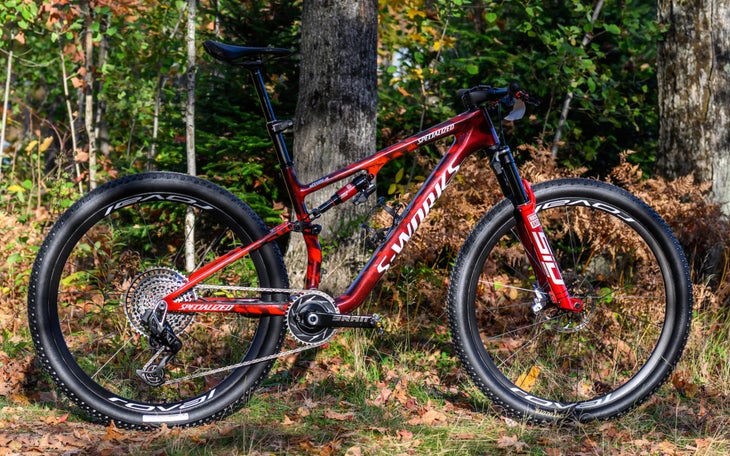
“I don’t feel any different than the kids who were racing out here yesterday,” Blevins told reporters after his big win, referencing the kids’ races that went on the day before. “There is such a through-line, an organic process to get here.”
My colleagues at Pinkbike recently wrote about the mountain bike that Blevins rode to win the World Cup. It has all of the bells and whistles of modern mountain biking technology: a carbon-fiber frame, shock absorbers controlled via an electronic remote on his handlebars, 29-inch tubeless tires, hydraulic disc brakes, electronic shifters, and far too many other doodads to name.
But someday, this fancy bicycle will also exist as a relic of a bygone era, stored away in a basement, inspiring wonder and awe from those who gaze at its out-of-date technology. Some may ask: Did cyclists really race this thing on trails? My hope is that, when this day comes, the American legacy of Blevins winning mountain biking’s World Cup will still be going strong.
The post America’s 34-Year Losing Streak in Mountain Bike Racing Finally Ends appeared first on Outside Online.










